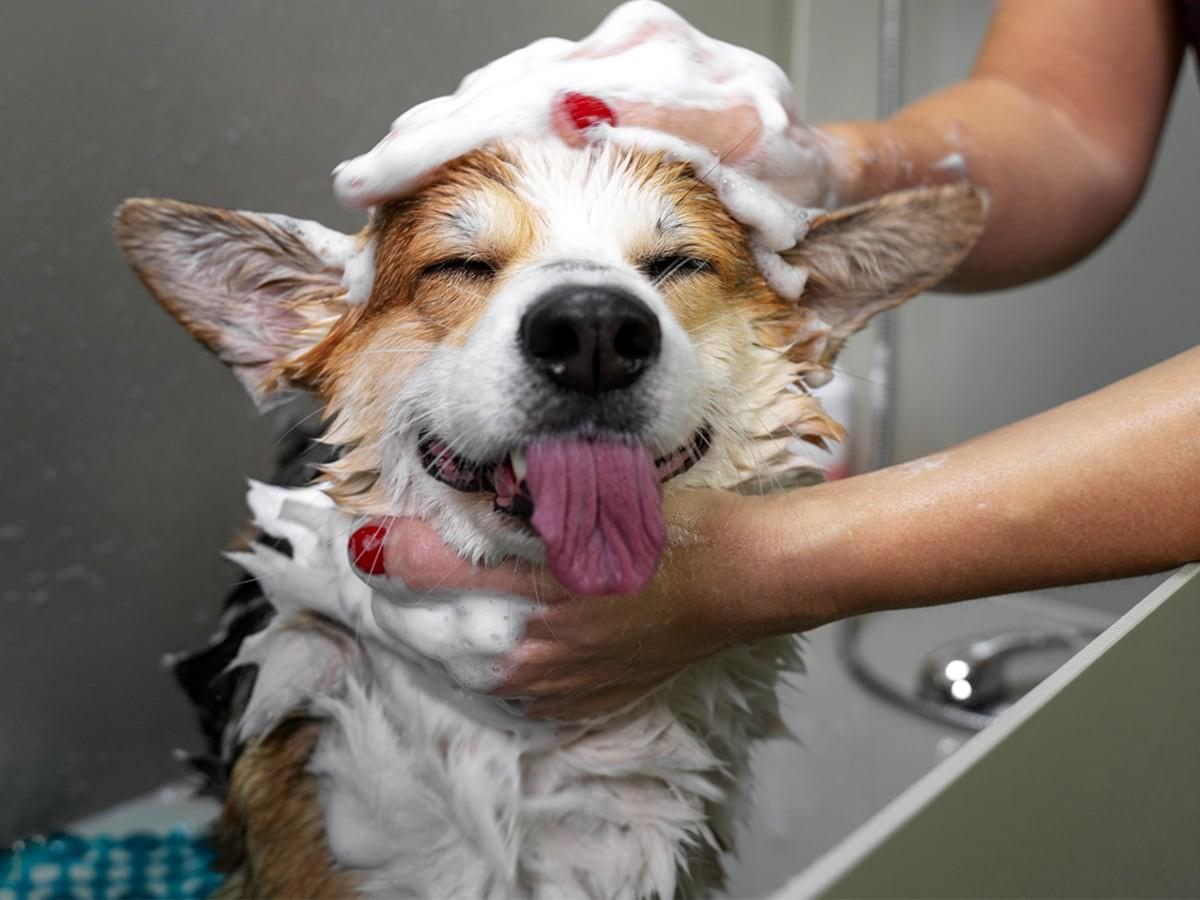A study shows that 14% of adults, or around 830 million people worldwide, had diabetes in 2022. (1) In the US alone, there are 38.4 million people who have diabetes.(2) This clearly shows that it is a very common condition across the globe. But you’ll be surprised to know (if you don’t already) that it is also a common condition in dogs and cats.
1 in every 500 dogs suffers from some form of diabetes. It is more common in older dogs and females. Female dogs are actually 3 times more likely to suffer from it. The ratio is higher in cats, where 1 in every 200 cats suffers from diabetes. Just like older dogs, older cats are also more prone to the condition. However, in the case of cats, it is the male cats who are more susceptible to it.(4)
Diabetes is a chronic condition and requires regular monitoring, vet check-ups, blood and urine tests, and more to treat it. The total cost of treatment can be very high, as it is ongoing. You have less to worry about if you have pet insurance, as plans that cover illnesses can help cover eligible costs related to these.
We will get into the details of what costs pet insurance plans can help cover. Let us understand diabetes in pets a little more before that.
Does Pet Insurance Cover Insulin?
Yes, pet insurance can help cover the cost of insulin if the pet that is insured does not have diabetes as a pre-existing condition, and the waiting period of the policy is over before the pet starts showing symptoms.
You need to make sure you have an accident and illness plan, though. An accident-only plan may not cover the cost of insulin, as it is an illness-related cost.
With Spot pet insurance, you can save up to 90% of the costs related to prescription diets, follow-up vet visits, bloodwork, medications, and more.
What is Diabetes in Dogs and Cats?
Insulin is a hormone that helps the body convert glucose (sugar) into energy. The pancreas is where this hormone is produced. When the beta cells that produce insulin are lost or damaged, the body struggles with using glucose efficiently. Some hormones, like cortisol, and excess fat cells in the body can reduce the body’s sensitivity to insulin. This results in more insulin to do the same job. With less insulin, the glucose in the blood increases, and the tissues cannot get the glucose for energy. This condition is called ‘diabetes’. (3)(4)
There are 2 types of diabetes –
Type 1 (yes, they’ve kept the terms very simple this time) – When the pancreas cannot manufacture insulin at all, and the body is reliant on external administration of the hormone.
Type 2 – The pancreas can manufacture insulin, but the body does not respond to it.
Causes of Diabetes in Dogs
In dogs, diabetes is usually an immune-mediated process that destroys the cells in the pancreas that secrete insulin. This causes insulin deficiency in them. Apart from that, other factors that can cause diabetes in dogs are obesity, genetics, pancreatitis, conditions causing higher hormone levels, long-term use of steroid medications, Cushing’s disease, etc.
Causes of Diabetes in Cats
Obesity is known to be the most common cause of diabetes in cats. Overweight cats are said to be 4 times more likely to suffer from diabetes than others. Cats that are not overweight can also be affected by diabetes. The reasons can include chronic pancreatitis, hyperthyroidism, brain tumors, and genetics. Conditions like Cushing's disease and acromegaly can also contribute, but are less likely to.
A study shows that in up to 30% of cats, a brain tumor-producing growth hormone is the underlying cause of diabetes. (5)
Which dog breeds are likely to get diabetes?
As we mentioned earlier, genetics can be one of the reasons for dogs to get diabetes. This is because some breeds appear predisposed to it. They include –
Bichon Frise
Labrador Retriever
Which cat breeds are likely to get diabetes?
Similarly, some cat breeds are more likely to develop diabetes than others. They include –
Russian Blue
Abyssinian
Signs of Diabetes in Dogs and Cats
Diabetes can be a difficult condition to notice. However, there are some signs that can indicate that you need to take your pet to the vet immediately and get all the tests done. They include – (3)
Increased thirst and urination
Increased hunger
Weight loss
Lethargy
Bad skin and coat condition
Cloudy eyes (even cataracts in some cases)
Frequent vomiting
Why do Diabetic Pets Need Insulin?
Dogs and cats with type 1 diabetes fail to produce enough insulin to control the sugar levels in their bodies. Without enough insulin, the pet can go through a number of issues, including some severe ones. They include hyperglycemia, glucosuria, weight loss, cataracts, etc.
Type 1 diabetes is insulin-dependent, while type 2 is not. Dogs are most commonly seen with type 1. The treatment there usually involves a diet change to a low-fat and high-complex carbohydrate one, along with long-acting insulin. Affected dogs typically require 2 insulin injections every day. The dog may even need to be hospitalized initially when the insulin treatment starts to provide intensive care in case of sudden sickness.
Cats, on the other hand, are more prone to type 2, non-insulin-dependent diabetes. They will still need external insulin administration to manage the sugar levels in the body. Apart from insulin, the affected cat will also need diet planning. With careful treatment, the cat can enter diabetic remission and may no longer require insulin.
How much does Insulin cost for Dogs and Cats?
The total cost of treatment includes the cost of insulin and diet changes. For dogs, the insulin may cost around $40-$150 per month, depending on the type of insulin used. The total cost of treatment, including all the blood work and therapies, may reach up to $2500 per year. (6)
The insulin cost for diabetic cats can be in the range of $30-$150, depending on the dosage and the type of insulin. Apart from that, supplies for testing the cat’s blood sugar level, follow-up vet visits, prescription diet, etc., can cost another $150-$200 per month. (7)
Diabetes can lead to other illnesses, and cataracts are one of the most common ones. Cataract surgery can cost you anywhere between $2800-$4200, depending on factors like the type of surgery (phacoemulsification or extracapsular), level of complexity, the location, and mainly the number of eyes affected. (7)
More about Spot Pet Insurance
Dog Insurance can help provide financial assistance for eligible veterinary care in case of unexpected accidents, illnesses, or injuries. Our plans can help pet parents manage the eligible costs of covered veterinary care and help ensure that their pets can receive the best treatment possible. Here are some ways that Spot pet insurance plans can help:
Covers Unexpected Veterinary Costs: Spot pet insurance plans help cover the eligible costs of unexpected veterinary treatments, such as emergency surgeries, X-rays, and prescription medications for covered conditions.
Customizable Plans: Choose your annual limit, reimbursement rate, and deductible from a range of options, and create the plan that will fit the needs of your pet and your budget.
Peace of Mind: With Spot pet insurance plans, pet parents can know that they can provide the best care for their pet with less worry about the cost.
To learn more about Spot Plans or to get a free quote, click here.

With 10 years of experience as a pet parent, I aim to empower pet owners with insights into pet insurance and maintaining their pet's well-being. I aspire to be a trusted source, combining knowledge with a commitment to the welfare of our beloved pets.

With 15 years as a dog and cat parent, my pet articles are a mix of humor and firsthand experience - proof that the best stories often come with paws and purrs.
World Health Organization: WHO. (2019, May 13). Diabetes. https://www.who.int/health-topics/diabetes#tab=tab_1
National Diabetes Statistics Report. (2024, May 15). Diabetes. https://www.cdc.gov/diabetes/php/data-research/index.html
Vogelsang, J., DVM. (2022, August 24). Diabetes in Dogs and cats: Everything you need to know. https://www.petmd.com/cat/conditions/diabetes-dogs-and-cats-everything-you-need-know
Clinic, C. V. (n.d.). Pet Diabetes Facts to know to keep your cat or dog healthy. Countryside Veterinary Clinic. https://www.countrysideveterinaryclinic.org/services/dogs/blog/pet-diabetes-facts-know-keep-your-cat-or-dog-healthy
Diabetes in cats. (n.d.). https://www.parkvetgroup.com/pet-help-advice/cats/107-diabetes-in-cats
Vmd, L. J. (2024, March 11). Diabetes in dogs. PetMD. https://www.petmd.com/dog/conditions/endocrine/diabetes-dogs
Morris, M. S. (2023, April 3). Dog cataract surgery: Breaking down the costs. GoodRx. https://www.goodrx.com/pet-health/dog/cataract-surgery-cost












